Prosthetic limb design is an area where desktop manufacturing has made huge strides, but there’s always room for improvement. For example, take a look at [Ian Davis] and his attempts to design a simpler prosthetic finger.
[Davis] favors his aluminum partial hand prosthetic for its strength, but because it was scratch built for his particular situation, it isn’t easy to recreate for someone else. To this end, he has started working on a simpler design that might be applicable in the future for people who want to build their own prosthetics. With less than ten major components per finger including the replaceable TPU fingerpads, this is a major step toward that end.
According to [Davis], one of the more exciting parts of the build is that while this hand has a more limited feature set, he was able to get it closer to the size of his natural hand. Because of the durability problems he’s experienced for day-to-day use of plastic prosthetics, he is having the next iteration 3D printed in stainless steel for further testing.
If you want to see some more interesting prosthetic designs, checkout the Kid Who Designed His Own Prosthetic Arm or this Skull Lamp Prosthetic Eye.


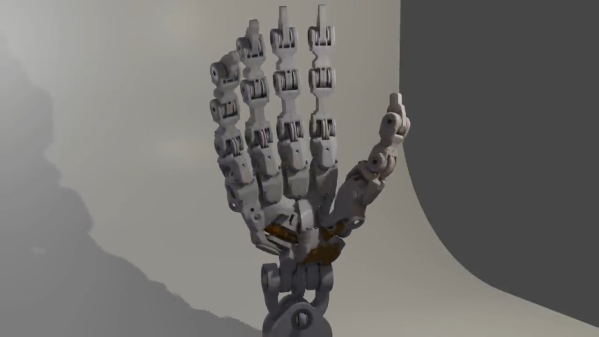
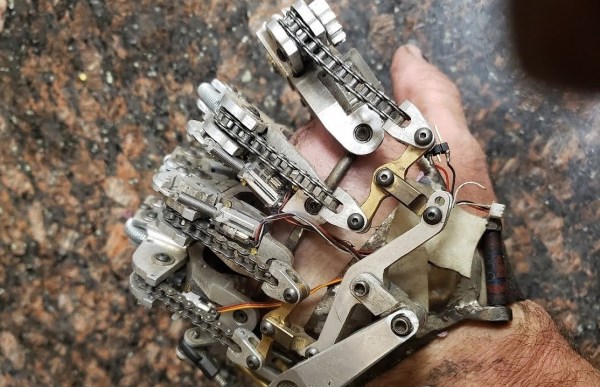
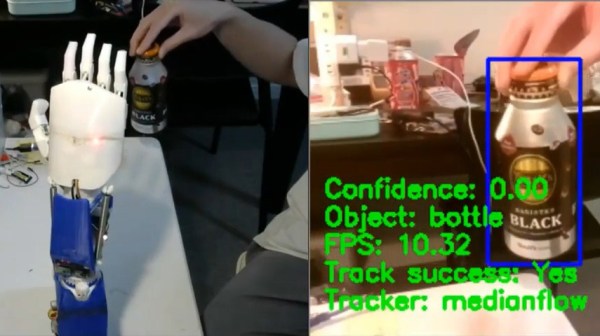
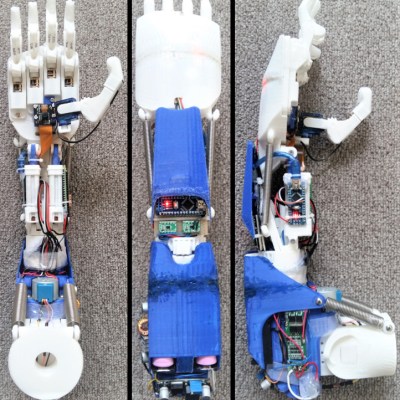






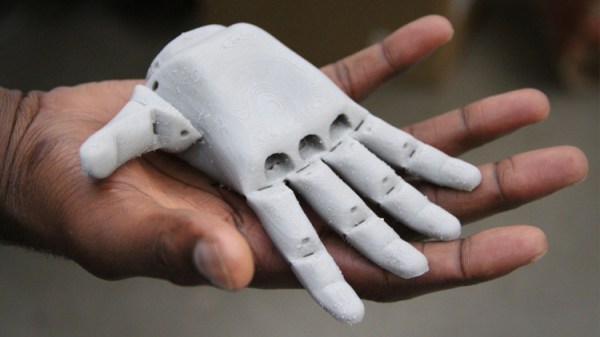
 We first came to learn about this company through a tipster [Dj Biohazard] who pointed to a post about their partnership with an 11-year-old Tilly, who is pictured on the left. Her bionic hand is an Open Bionics prototype whose design is based on the video game, Deus Ex. The best way products like these are improved are through the open source community and people like her.
We first came to learn about this company through a tipster [Dj Biohazard] who pointed to a post about their partnership with an 11-year-old Tilly, who is pictured on the left. Her bionic hand is an Open Bionics prototype whose design is based on the video game, Deus Ex. The best way products like these are improved are through the open source community and people like her.










